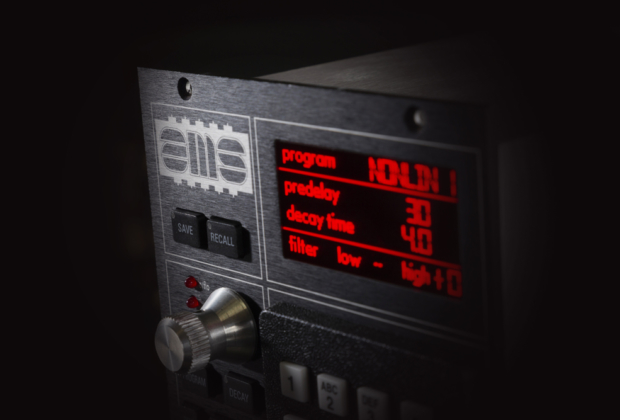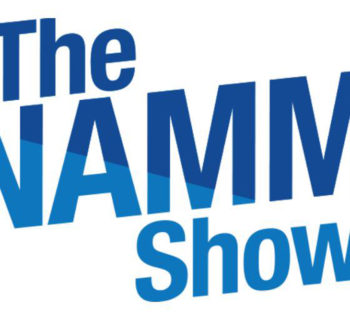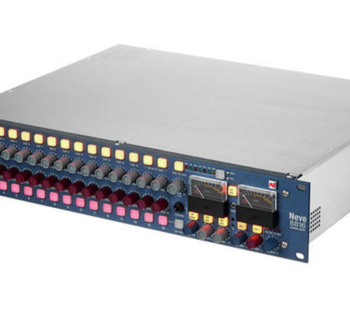Nearly 40 years since making its debut on the professional recording scene, the AMS RMX16 Digital Reverberation System is being relaunched in hardware format as part of AMS Neve's rack-mounted 500 Series.
On show for the first time at NAMM 2020 (Booth 14008), the RMX16 500 Digital Reverb Module delivers all the musicality of its predecessor, but at a fraction of the price. Furthermore, this new unit incorporates the nine programs that came as standard with the original AMS RMX16, plus the nine rare aftermarket programs that were only available to users via remote control with bar code reader input.
The new RMX16 500 comes in a three-slot wide format and retails at USD1,295/GBP995. It is simple to operate with 18 factory programs including Ambience, Nonlin and Reverse, simulating different reverberant environments, with the ability to control all parameters.
In keeping with its predecessor, which was the world's first microprocessor-controlled, full-bandwidth digital reverberator, the new RMX16 500 Digital Reverb Module is designed to be musical rather than simply implementing mathematical algorithms. Care has also been taken to replicate the complex sonic characteristics of the original unit's analog and converter circuitry, which played a big part in the overall sound.
The original was invented by former aerospace engineer Mark Crabtree (who founded AMS in 1976). The RMX16 fused his passion for audio and extensive expertise in digital electronics.
From the outset, the AMS RMX16 was designed by ear, with each program tuned and re-tuned to provide as wide a sweet-spot of settings as possible by means of carpet graph parameter tables, interactively linked control by control. These design principles are key to its longevity and have been carried forward to the new RMX16 500 to ensure that it replicates the original's outstanding performance.
The RMX16 500 Digital Reverb Module employs micro-programmed parallel processing of 16-bit data. Its key features include:
- An 18kHz bandwidth, allowing it to also be used as a high-quality digital delay line.
- 90dB dynamic range and 0.03% distortion in delay mode.
- Adjustable input and output levels for optimum signal to noise performance.
- Low power consumption (and therefore cool running).
- Independent control of each program's fundamental reverberant parameters.
- 'Nudge Buttons' to increment or decrement data for all selectable reverberation functions.
- Alphanumeric program descriptions for ease of use when storing or recalling information for the unit's memory.
- New rotary push encoder enabling all parameters and settings to be adjusted by ear.
- New wet/dry mix blend function.
- New save/recall feature with 100 user-defined memory slots.
The RMX16 500's new OLED display also continuously displays all data, including variables (pre-delay, decay time, high-frequency decay profile and low-frequency decay profile) on the reverb front panel so that users can see at a glance how the unit is currently programmed.
Visitors to NAMM 2020 can see this new digital reverb module on booth 14008 in Hall ACC, North Level 1.
For more information please visit ams-neve.com.














